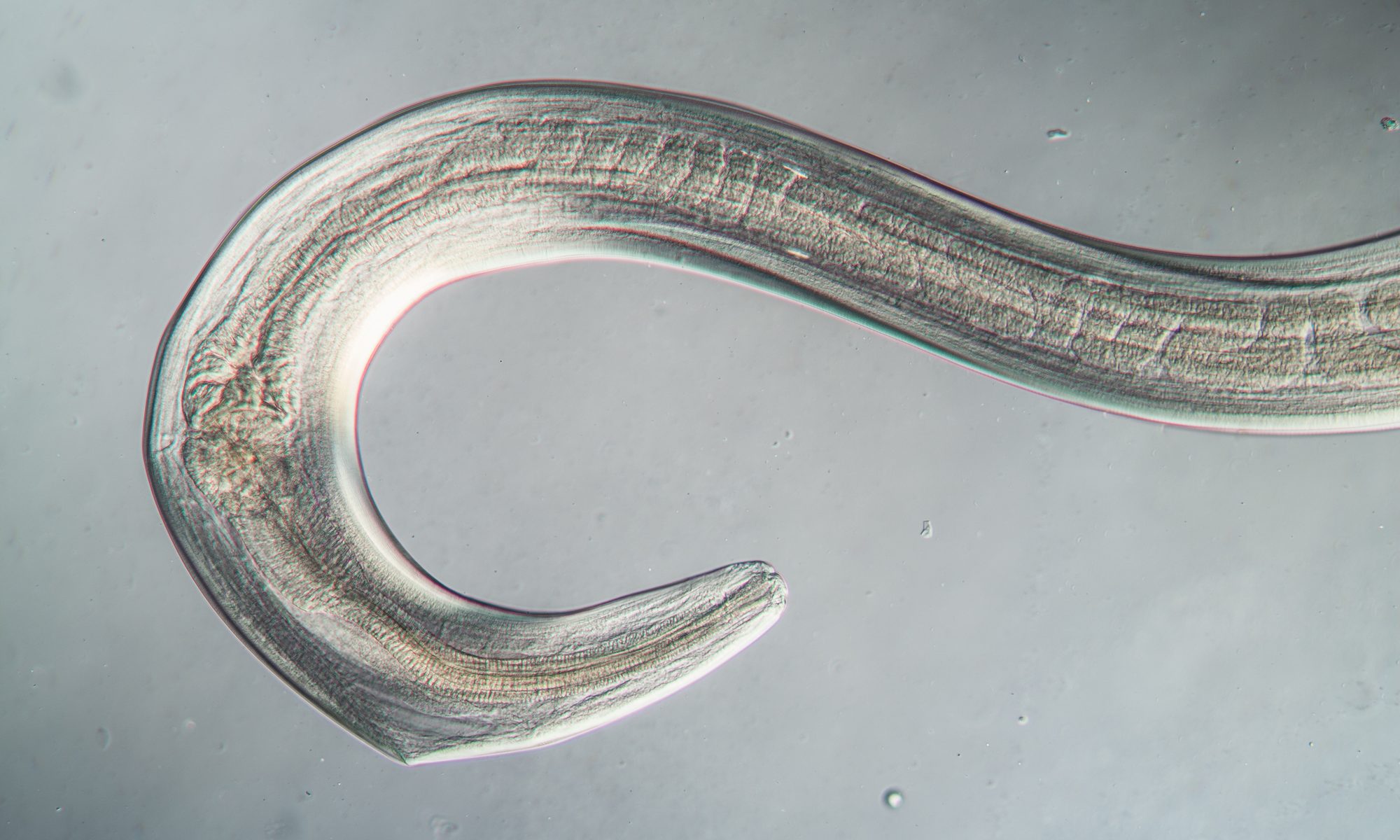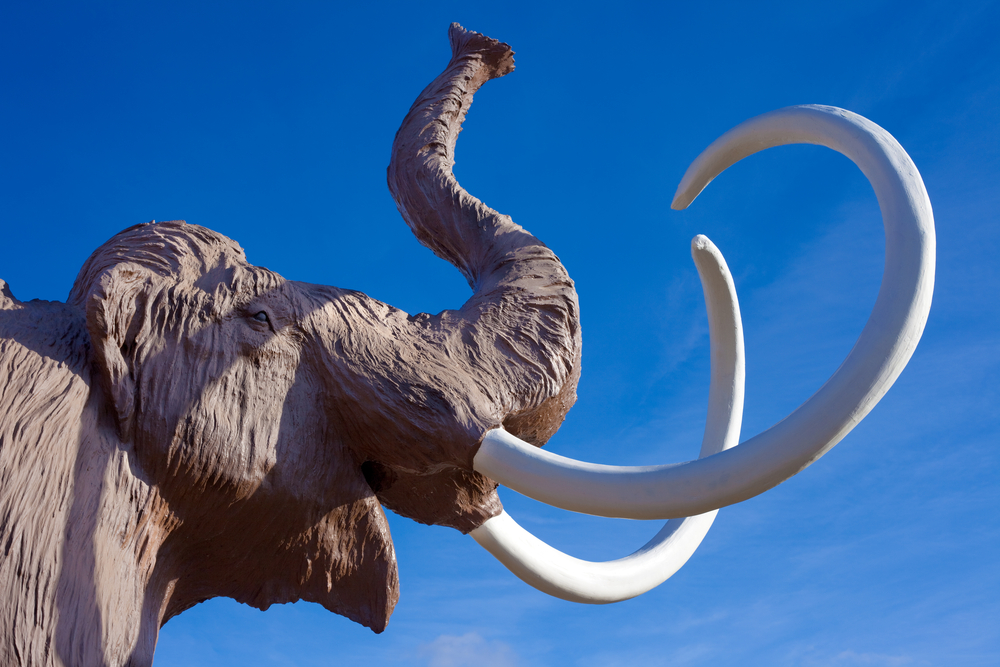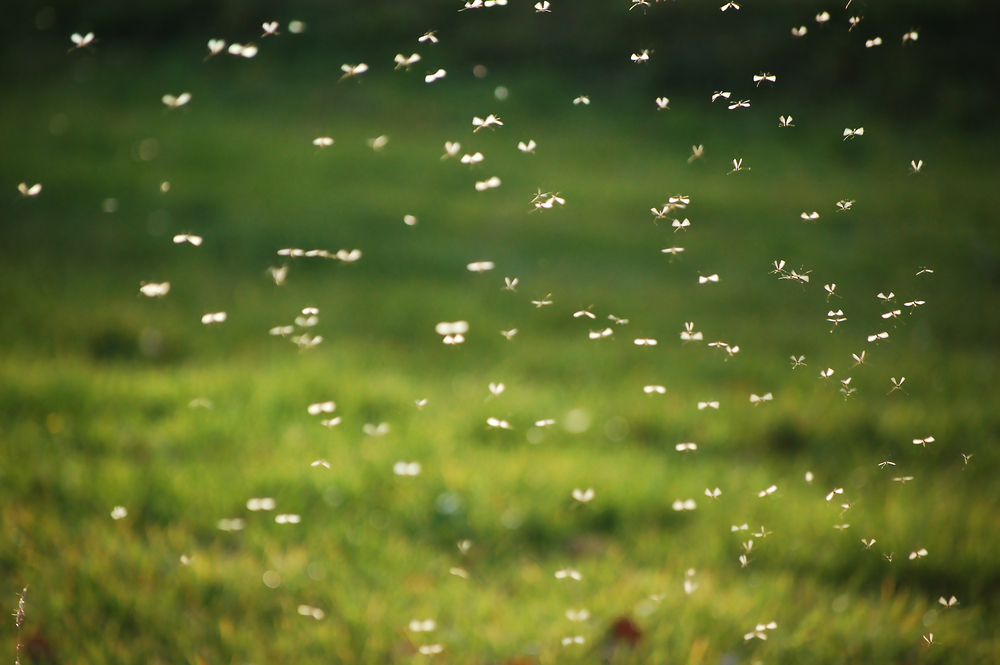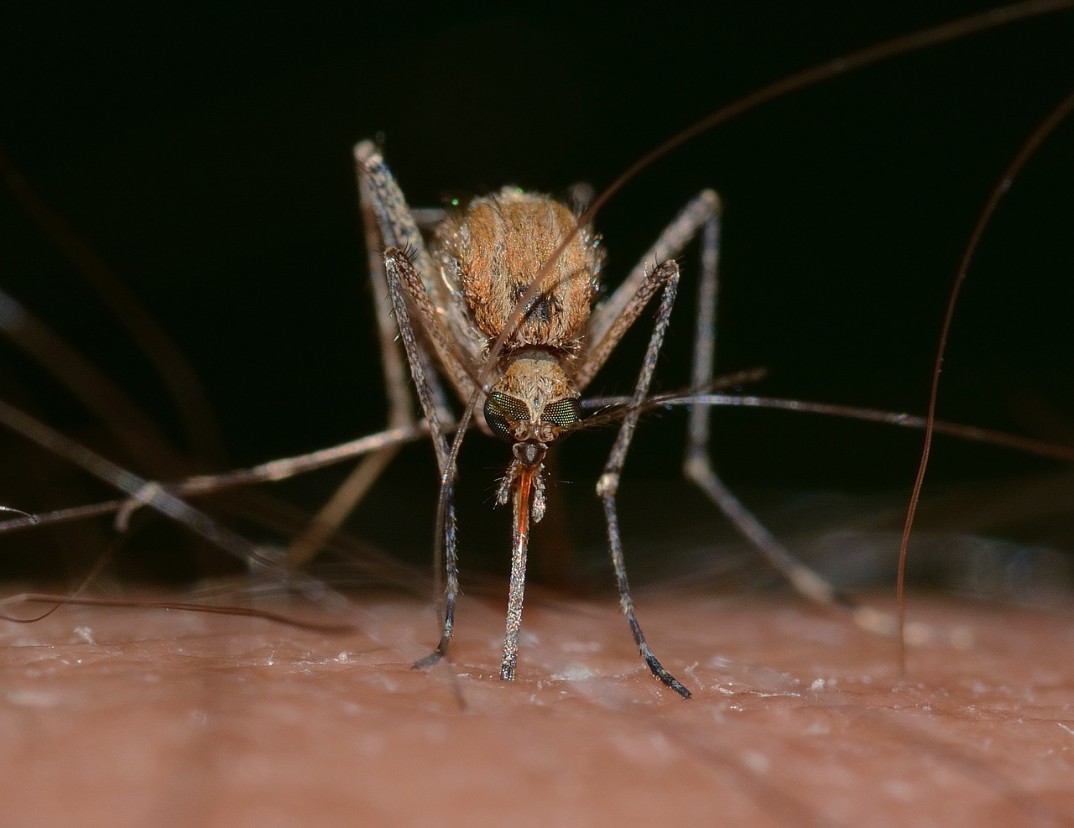Human-driven global warming is having devastating impacts around the world. The Earth is warmer now than it has been since records began. Indeed, according to a report by the Intergovernmental Panel on Climate Change, the planet is hotter now than it has been in 125,000 years. This has led to record temperatures across the globe, with doctors in some places, like Arizona, having to treat people for third-degree burns after simply touching the pavement. Combine this with the deadly Mediterranean wildfires, the rapid rise in sea temperatures, and the shifting ocean currents, and we are on course for a bleak future.
However, while scientists have been predicting many of these impacts for decades, some more unusual happenings have come a little out of left field: case in point, the survival of ancient nematodes, a type of roundworm.
Now, I know that worms do not seem exciting compared to entire islands being ablaze or the seas getting so warm that there is a mass die-off of ocean life. Yet, these worms are fascinating as they are old, very old.
In an article in PloS Genetics, scientists recount how they discovered the frozen worms while excavating a fossilized squirrel burrow in northeastern Serbia. After bringing them back to their lab, the scientists thawed the worms, which are less than a millimeter long, and immersed them in a nutrition-rich environment. A couple of weeks later, the worms began wriggling and eating. Sadly, they died after only a few months, but not before reproducing, and now scientists and researchers are studying their descendants.
What makes this interesting is how long the worms had been in suspended animation. Similar species to the one excavated tend to live a total of 20-60 days. Yet, the worms recovered from Siberia were over 46,000 years old. This means that before they had gone into suspended animation, they were sharing the planet with Neanderthals, mammoths, and saber-toothed tigers. In itself, this is incredible. Those worms excavated from the permafrost could have been the oldest living multicellular organism to have existed. At the very least, they are contenders for the crown of the oldest reanimated multicellular creature.
While these worms will not help humanity’s quest for functional cryopreservation, their discovery does have immediate implications for the study of biological evolution; as Professor Teymuras Kurzchalia notes, “Our findings are important for the understanding of evolutionary processes because generations times could be stretched from days to millenia, and long-term survival of individuals of species can lead to the refoundation of otherwise extinct lineages.” In other words, the scale at which some species play out their lives has been extended dramatically.
The reason these worms were accessible to those scientists is because the Siberian permafrost is melting, and it is melting because the planet is heating up. As the frost recedes, scientists and explorers will gain access to more natural time capsules like stumps, crevices, and maybe even small caves. This means that more and more discoveries of this nature might be possible, and even more worms and other invertebrates species could be revived. In turn, this could provide even more insight into the natural mechanisms that underpin life on this planet. After all, if it has happened once, that is some reason to believe it could happen again.
This possibility, however, is not all sunshine and rainbows. While learning about how life came to be is an inherent good, not every organism that emerges from the newly revealed earth might be as harmless as a worm. Some could be actively dangerous. That is not to say that dinosaurs could be exhumed from the ice, brought back to life, and immediately go on a rampage (despite what films like Dinosaurus! tell us). Instead, it is far more likely that global warming could release ancient viruses and other pathogens from their icy slumber. If this happened, it could have devastating consequences.
The prospect is not as far-fetched as it might seem. Jean-Michel Claverie, emeritus professor of medicine and genomics at the Aix-Marseille University School of Medicine in France, has been testing samples taken from the Siberian permafrost to see what viruses are contained within and whether any could still be infectious. He’s managed to revive viruses from samples over 48,500 years old. Fortunately, these viruses are harmless to humans, targeting only amoebas. This, however, is a result of his deliberate choosing, as he wishes to avoid reviving anything which might infect humans. Indeed, pathogens we are susceptible to could be buried just below the surface, simply waiting for global temperature to rise enough to release them.
This is not simply scaremongering either. In 1997, a body discovered in Alaska contained the genomic material from the virus responsible for the 1918 Spanish flu pandemic (which killed roughly 500 million people). In 2012, The New England Journal of Medicine reported that mummified remains could be reservoirs of DNA fragments from ancient pathogens, including smallpox (which has killed more than 300 million people since 1900 alone). Finally, scientists traced an anthrax outbreak in Siberia directly back to the burial grounds of long-dead animals that had, until recently, been covered in permafrost (Anthrax being 100% fatal without treatment and only 55% survival with it).
In addition to the horrors we know about, the permafrost could harbor viruses and pathogens about which we have no idea, and more importantly, which our immune systems have no way of combating. As temperatures rise and increasing amounts of previously isolated ground are revealed, the danger grows that a disease that has not seen the light of day for hundreds of thousands of years, and to which we have no natural defense, could be released.
What does this mean for us? Well, in one sense, it should motivate us to up our efforts to reduce our carbon emissions, slowing and eventually reducing the global warming for which we are all responsible. On the other hand, however, we have already got a plethora of reasons to stop climate change, from ecological collapse to increasing the likelihood of war and famine. Is another potential danger going to tip us over the edge into more drastic action? Probably not.
Unfortunately, it seems that we may have to live with the ever-possible danger that the price for our modern way of life is the release of an ancient pathogen; one which could be as innocuous as the common cold, as deadly as smallpox, or potentially something far worse.




